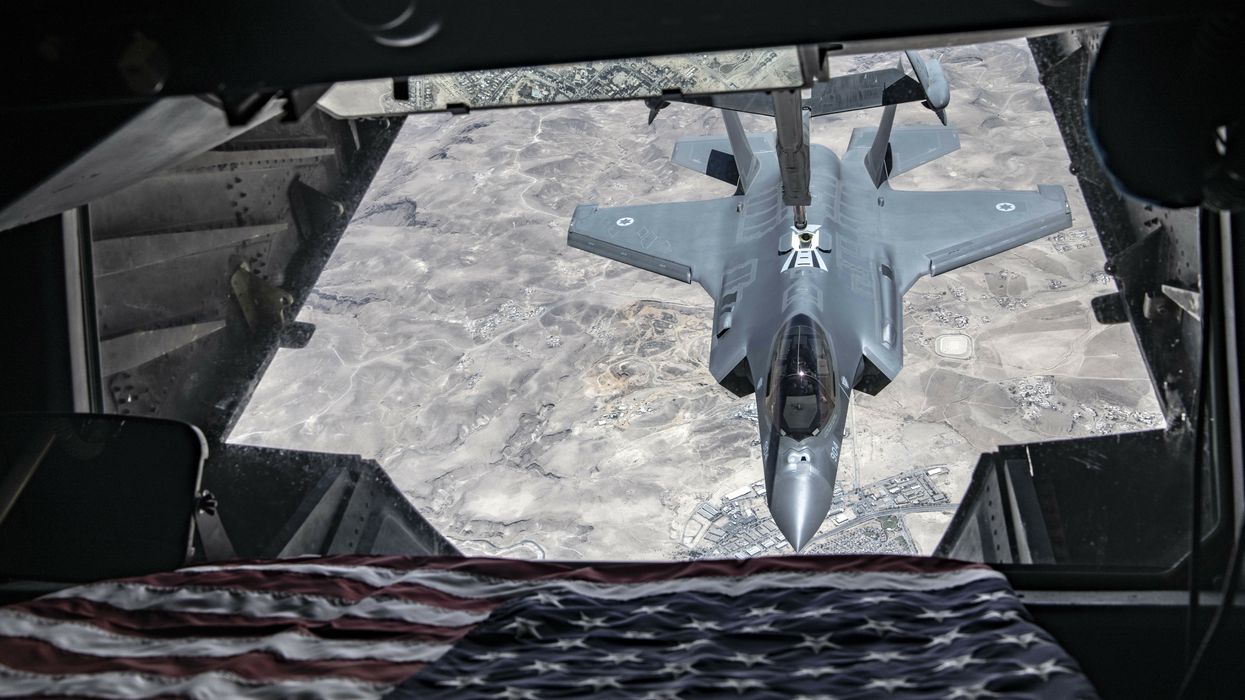U.S. Ambassador to Israel Mike Huckabee said on Wednesday that a controversial American contracting firm tasked with delivering aid in Gaza is expanding operations, from the four hubs it is currently operating to 16.
Israeli forces have killed more than 1,000 Palestinians at or near aid centers run by the U.S.- and Israel-backed Gaza Humanitarian Foundation (GHF), leading to humanitarian organizations and 21 U.S. senators to call on the GHF to cease operating.
“The immediate plan is to scale up the number of sites up to 16, and begin to operate them as much as 24 hours a day, to get more food to more people more efficiently,” Huckabee said.
Huckabee did not directly confirm or deny Axios reporting on Tuesday that President Trump will “take over” aid distribution in Gaza. When asked about that reporting, he said during an interview on Fox News that the Trump administration “stood up” GHF in the first place.
“I think the president of the United States always has a very important role in something like this, if he chooses to do it,” Huckabee said, calling GHF “an American-based operation.”
GHF’s aid hubs are managed and secured by armed American private contractors. Operating with little guidance dictating their activities in the Gaza Strip, witnesses charge that contractors have used dangerous crowd control tactics, including using live ammunition and tear gas, while a whistleblower says he saw contractors shoot at crowds of Palestinians seeking food and water at or near the aid hubs. If the new hubs proceed as Huckabee describes, many more American contractors would be necessary for their operations.
Israeli and American officials say GHF is necessary to prevent Hamas from stealing from aid distribution efforts in the Gaza Strip. But The New York Times recently reported that the Israeli military does not have proof of Hamas doing this.
GHF did not answer an RS inquiry about whether it was expanding its operations in the Gaza Strip.
- Is Trump's ambassador to Israel going off-script? ›
- Is Huckabee too ‘extreme’ to be US ambassador to Israel? ›
- Israel's military is taking over Gaza City, and you'll be paying for it. | Responsible Statecraft ›
















